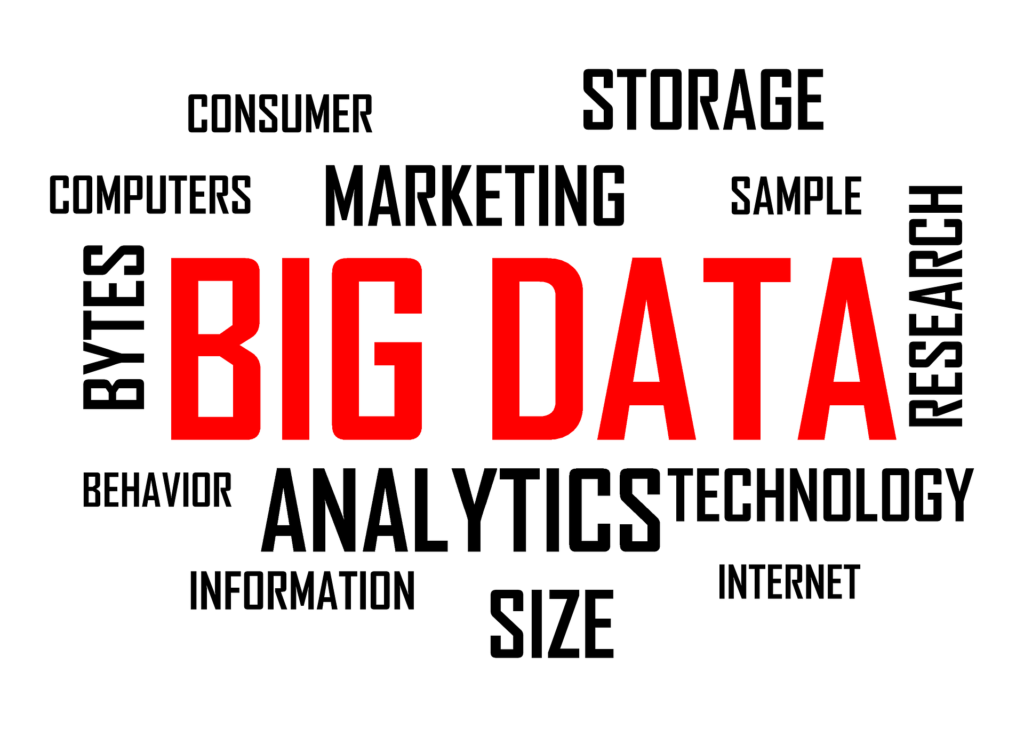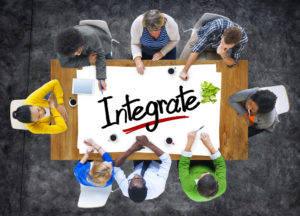 Technology is always pushing the boundaries on how we plan and run our events. And as the significance of event tech continues to grow, so does the importance of managing all the data we now get from these events.
Technology is always pushing the boundaries on how we plan and run our events. And as the significance of event tech continues to grow, so does the importance of managing all the data we now get from these events.
 Event data is incredibly valuable. The more we make of that data, the more valuable it becomes. And yet, managing all this data is one of the most complex issues that event planners are facing today, according to George Sirius, CEO of Eventsforce. He explains here in an interview with global hotel chain, NH Hotel Group, about the challenges and opportunities of data management in the events industry and the kind of technologies that are helping improve event experiences.
Event data is incredibly valuable. The more we make of that data, the more valuable it becomes. And yet, managing all this data is one of the most complex issues that event planners are facing today, according to George Sirius, CEO of Eventsforce. He explains here in an interview with global hotel chain, NH Hotel Group, about the challenges and opportunities of data management in the events industry and the kind of technologies that are helping improve event experiences.
Today, there are a number of databases full of customer information generated through various types of events. How can we use this information to provide them with a more personalised event experience?
Personalisation is seen as one of the hottest trends in our industry with attendees increasingly expecting both the communication about an event and the live experience to be tailored to them in some way. Sophisticated data capture tools – from event registration systems and RFID to online surveys and event apps – are helping organisations collect and analyse valuable customer information to create more powerful and targeted events.
Read: How to Collect Valuable Data from Events
So let’s look at a registration system as an example. You can use the data in the system to collate a report on all the delegates that will be attending a particular session at your event. You may share this list with all the other delegates attending that session to facilitate networking opportunities that are relevant to them. But you can also do more. Break it down by company type, interests and goals and share the list with your session speaker. He or she can then use this information to tweak the content of their presentation or personalise it with content or examples that are more relevant to the audience.
Although the legislation is different in each country, is it ethical to use customer contacts collected at an event for subsequent commercial actions?
Only if the customer is aware and has given authorisation for such actions. Otherwise it is totally unethical.
How does the management of Big Data help to improve the preparation of an event?
Organisations have different databases to capture different types of information – whether it’s events, sales, marketing, finance, memberships and so on. All these systems have data in them that can help improve the preparation of an event – so it makes sense to pool them together. For example, your CRM may have in-depth information on the customers that you want to invite to an upcoming event. Having this information on hand can help with the personalisation and marketing efforts around your events.
Regarding to post event, how can we transform Big Data into Small Data, or useful information about our attendees or customers?
There are many ways a customer can engage with an organisation. For example, with associations, members may attend their events, watch their seminars, sign up to magazine subscriptions, publish papers, attend award events and so on. Having all this data in one place can give associations clear insight on the kind of things their members are interested in and personalise their event experiences accordingly.
Thanks to technology, we get a lot more information. What technology is providing event planners with the kind of data that would have been difficult to get in the past?
Event apps have made the whole process of collecting data at events a whole lot easier – from facilitating live polls and Q&As to networking tools that can give insight on who your attendees are meeting with at your event. We also now have new tools like iBeacons which prompt your event app to perform a specific action when attendees come within a certain range of the beacon. It’s exciting because it gives event planners control over what they want their attendees to experience. Suppose you want feedback about the sessions and speakers at your event. You can set up a beacon outside the room so that when people pass by it on their way out from a session, it will prompt the event app to open that session’s survey.
Data security is one of the concerns of the M&E industry. Is there anything that event planners can do to prevent the theft of personal data from their guests or customers?
Data theft is a problem for any organisation that has valuable information to protect and the events industry is no exception – the amount of information collected from attendees is a goldmine for hackers. Eventsforce conducted a data security study with event planners earlier this year, and the results exposed a number of important vulnerability areas.
Email is one area of vulnerability. It is difficult to encrypt data in emails from end to end – so you should always think about what kind of information you are sharing on email. If you don’t need to email it, don’t. Regularly change the passwords to your event or registration systems and make sure you know who on your team has access to these systems. Do not store your event data in any physical form (print or external hard drives, USB drives etc.) as this greatly increases the chance of it getting into the wrong hands. If you are, invest in secure cabinets, fit locking doors and ensure you have the proper mechanisms in place to dispose of this data if you need to.
At your events, don’t leave your registration lists, laptops and smart phones unattended and make sure that data on your screens is not visible to unauthorised users. Be cautious when discussing details over the phone and avoid discussing sensitive information in public areas where you can be overheard.
What are the next challenges or trends that event management software companies face for the next future?
One of the most important technology trends in the events industry today is data integration. Over the last few years, event planners have done some great things by integrating (or connecting) their event data with payment gateways, check-in solutions and more recently, event apps. However, what is really starting to gain ground is the integration of event management solutions with other business systems – from CRM and finance to marketing and membership solutions.
Want to save time and money and do more with your event data? Explore new opportunities with this new FREE eBook from Event Industry News and Eventsforce that provides event planners with everything they need to know about event data integration.
Having the ability to automatically share information between your Event Management Solution (EMS) and other business systems can bring a host of benefits:
- Reduce the endless hours your organization spends replicating data from one system to another.
- Eliminate security risks associated with email communications and having printed documents lying around.
- Improve productivity by spending less time on admin tasks and focusing your team’s efforts on other aspects of the event.
- Deal with accurate data – less errors and inconsistencies that commonly cause problems in communications.
- Make critical information around your events readily available to the right people, at the right time.
You can read the full interview with NH Hotel Group here.
Want to be a tech savvy event planner? Subscribe to our weekly EventTech Talk newsletter for the latest technology trends, discussions ad debates shaping our industry today.





















